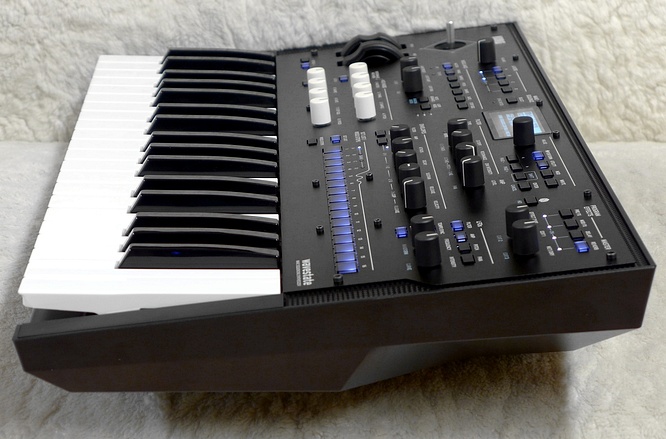

That said, while the B1’s sequencing offers extra flexibility, the synth engine itself is still as bare bones as any other 303-alike, and without features like a full amp envelope, additional oscillator or variations in filter mode, the sonic range is effectively limited to a single – albeit very desirable – style. The B1, however, is easier to program and its additional playability and sequencing tools mean that it can do more than simply replicate straightforward acid bass riffs. The elephant in the room is Behringer’s TD-3, an accurate-sounding analogue 303-clone, currently around half the price of the B1 in the UK.īehringer’s clone certainly looks the part more, is more faithful in its sequencer design, and matches the CV outputs of the original. The B1 sounds on the money in replicating the 303, has some solid effects and is a very reasonable price. The B1 also features a simple arpeggiator with a selection of eight pattern/range combinations. It allows ratchets to be programmed on each step, creating quick rolls that retrigger the note up to four times.

Users can select between eight different gate lengths for each step (the top is a tied note). The B1 also expands on the capabilities of the original’s sequencer in a few key ways. Sequencing is more straightforward too steps are input one by one, allowing users to select a pitch and then input note length and assign slides or accents before moving on to the next step. This led many users of the original to rely on blind experimentation as much as careful composition when it came to programming patterns.ĭonner’s take simplifies this significantly, coming with a two-octave pad keyboard, which allows the synth to be played chromatically. The original TB-303 used a small button-based sequencer with an awkward workflow that involved inputting pitch and timing – note triggers, rests, slides, accents and octave jumps – separately. Where the B1 differs more dramatically from its inspiration is in the sequencing workflow.


 0 kommentar(er)
0 kommentar(er)
